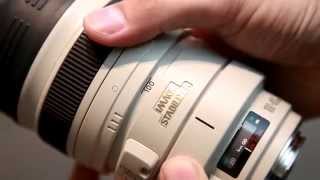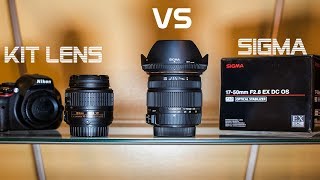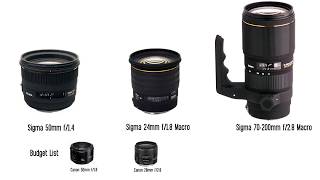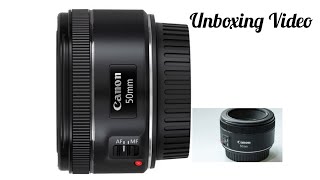Wednesday, 24 December, 2025г.
















Где искать: по сайтам Запорожской области, статьи, видео ролики
пример: покупка автомобиля в Запорожье
Canon EF 100-400mm f-4.5-5.6L IS II USM Lens review
50% discount on this camera lens please visit http://www.lens.to-snap-up.com
Canon EF 100-400mm f-4.5-5.6L IS II USM Lens evaluation
And while they are all interchangeable-lens cameras, you cannot use Nikon glass on a Canon body and vice versa (well, sometimes you can but this involves using a mount adapter and almost always sacrifices some functionality). If you currently only have the kit lens your camera came with, the short answer to this question is that as soon as you have the cash available, you should go out and get a fast normal prime lens or a telephoto zoom. Lenses are arguably the most important part of your camera set-up, they make or break your pictures. You know there's a whole world of photographic choices and possibilities that pocket cameras and multipurpose devices can't match. Different sensor sizes can skew the math a bit, but in general longer focal lengths work like telescopes (to focus on objects in the distance), while shorter focal lengths are used for wide-angle photography (to take in as much of a scene as possible). 6 lens. If you're buying an entry-level digital SLR like a Canon Rebel T2i or a Nikon D5000, then you're probably getting a "kit" consisting of the camera body and an 18-55mm, f/3. Sure, it’s unlikely that anyone needs to buy a dozen lenses for their camera, but the larger the collection available, the more variety you will have to choose from, from wide-angle to telephoto and everything in between. In fact, the opposite is often true. Despite buying cameras which have been specifically designed to take and make use of different lenses, a large number of photographers only ever use the kit lens that their DSLR or interchangeable lens camera came with. The sheer number of options is dizzying (Nikon, Sony, Canon, Pentax and Panasonic all offer dozens of lenses), and DSLR lenses are categorized and sold using an impenetrable argot that would put off any newbie. That's your lens's focal length—the distance from the lens to the sensor. But knowing the importance of good glass is one thing, it's another to know what lens will give you the creative freedom to capture the photos you want to get. Digital technology has made digital SLRs, or DSLRs, so affordable and simple to use that droves of amateurs have embraced them as a step up from basic point-and-shoot cameras. In the quaint old days of analog photography, the single-lens reflex, or SLR, was the tool of choice for professionals and dedicated hobbyists. Of course, before you make a decision, make sure you go with the right lens brand. To the uninitiated, lenses are baffling tubes of glass with numbers and confusing acronyms printed on the side.
It was our evaluation of the Canon EF 100-400mm f-4.5-5.6L IS II USM Lens.
Теги:
Canon EF 100-400mm f-4.5-5.6L IS II USM Lens dslr lens photography canon camera lens dslr lens nikon camera lenses dslr lens for beginners best dslr lens digital dslr video sigma kit lens canon lens sony buying your first lens lenses for slr and dslr cameras wide angle lens telephoto lens dslr lenses best camera lens nikon lens zoom lens tamron
Похожие видео
Мой аккаунт


 У вашего броузера проблема в совместимости с HTML5
У вашего броузера проблема в совместимости с HTML5


